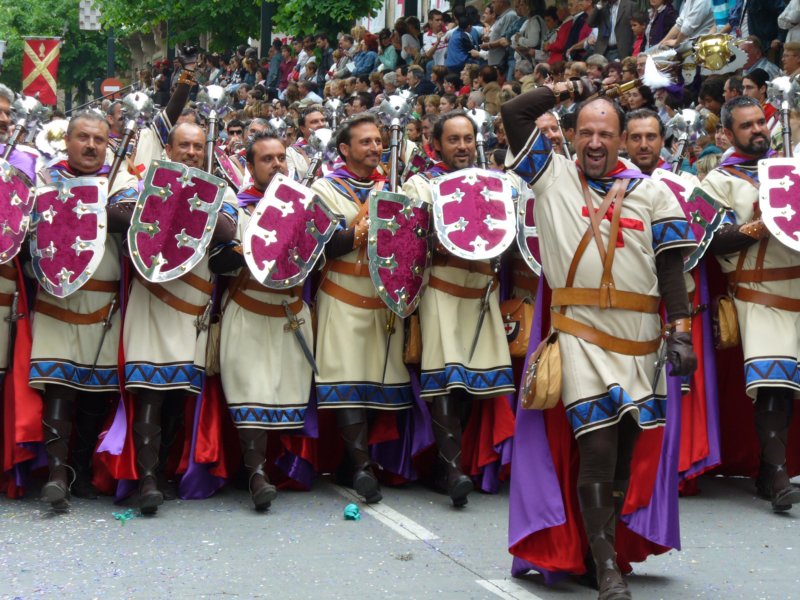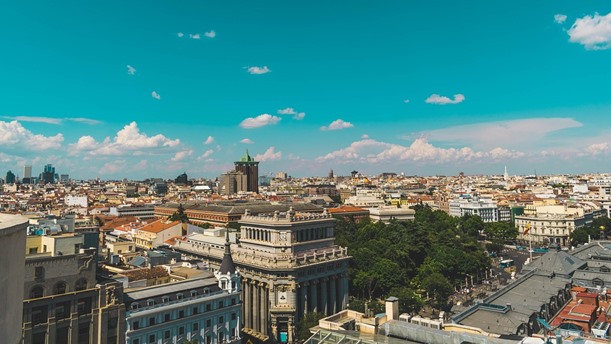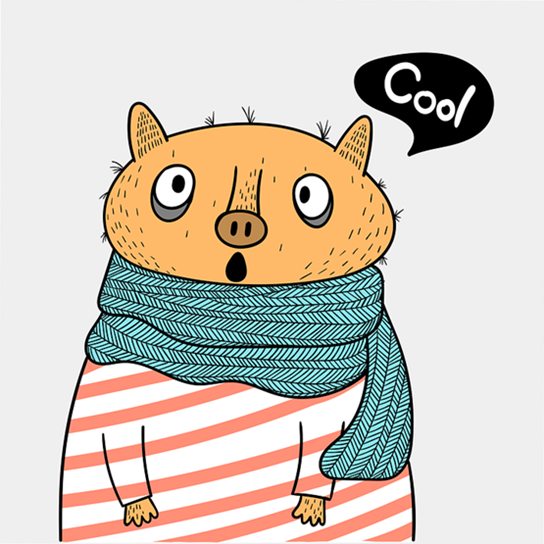
If you’ve spent any time in Spain, you’ve probably attended a Spanish festival. With literally thousands of festivals all over Spain, there’s somewhere every week where you can see processions, fairs, dance, eat, drink and generally have a great time. Spanish festivals are also wonderful places to learn about traditional Spanish culture, as some have been in existence for hundreds of years. For a good overview of the best, start off with these top Spanish festivals.
San Fermin – Otherwise known as the ‘Running with the Bulls in Pamplona”, the festival in San Fermin is a typical Spanish carnival and an excuse to eat, drink and generally have a debauched, yet fun, time. At San Fermin, if you want to run with the bulls like some crazy tourists do, that’s every morning and lasts as long as the bulls run (they’re fast, you’d better run faster) – but the official route is around 826 meters. If you run fast enough, you’ll likely be on TV too, as the Pamplona bull running is live on two Spanish networks. There’s also live music, lots of stalls, processions, incredible Spanish food, lots of sangria and fireworks.
What’s wonderful about San Fermin is it may look like a drunken, brawling mess but, in reality, there are few problems as the Spanish know how to have fun without becoming aggressive and overly nuts.
San Fermin has been running every year since 1910, and is from the 6th to the 14th of July.
La Tomatina – Every year in the Valencian town of Buñol, the festival of La Tomatina erupts. Basically an enormous tomato fight with half of the town, if you go to La Tomatina be prepared to wear old clothes you can throw away afterward and a good pair of goggles. What the folks who love La Tomatina neglect to tell you is getting smacked by hundreds of tomatoes hurts, and the acid gets in your eyes, ears, nose and just about anywhere else that would sting. It is however a crazy fun time, full of games, music, food and yes, the ever-present Spanish sangria.
La Tomatina starts when people take turns trying to get to the top of a greasy pole carrying a large ham. When the first person gets to the top and drops the ham, a shot rings out and the tomato fight begins. The fight lasts an hour, so be prepared to be exhausted, and ends when a second shot is heard. Everyone then shakes hands, hugs and kisses and heads off to hose down and drink a lot of alcohol.
La Tomatina is on the last Wednesday in August and has been ongoing since around 1945.
Tosantos in Cadiz – In Catholic Spain, All Saints Day is one of the biggest festivals of the year and nowhere is it bigger and more spectacular than in Cadiz. Here you’ll find daily processions, market stalls, live music, flamenco dancers, and lots and lots of food.
The markets are the focus point of Tosantos, so don’t miss the special donuts, nuts, fruit and sweet potatoes, many of which are bought and then taken to one of Cadiz local churches to give offerings to the saints. The market stall owners also get into the fun of the festival. Every market stall is decorated with extravagant decorations and a grand prize is given for the best stall.
Tosantos, or All Saints Day, is everywhere in Spain when All Saints Day falls, usually between October 28th and November 1st.
Moors and Christians Festival (Moros y Cristianos), Alcoy – The Moors and Christians festival, known in Spanish as the Moros y Cristianos, is a spectacular festival all over the Valencia area of Spain, with one of the largest and best carnivals taking place in Alcoy. It commemorates the conflagration between the Moors and the Christians, which took place in Spain from the 8th to the 15th centuries. Various forms of the Moros y Cristianos festival have been annual occurrences in Valencia since the late 1500s.
The festival takes place over a week with daily processions of locals dressed in spectacular costumes. There are enactments of famous battles between the Christians and the Moors, the presentation of the Moorish King and Queen, food, dancing, live music and a final Parade of Floats. The Christians wear the typical armor of the era and the Moors wear traditional Arab dress, with some even arriving in the procession on elephants and camels (yes, live ones).
The festival takes place in Alcoy from the 22nd to the 24th of April.



